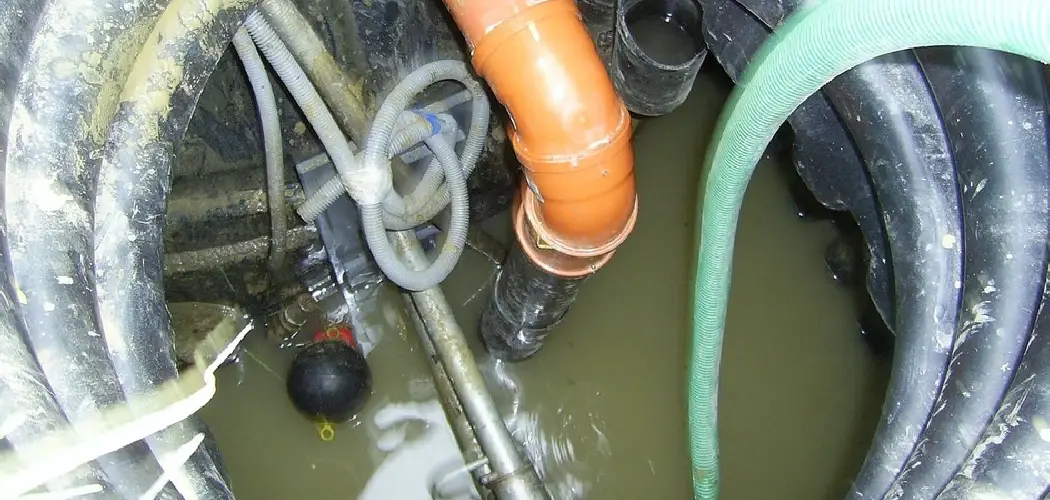Dealing with a tub filled with standing water is not just inconvenient but can also be an unsanitary problem waiting to escalate. Standing water can become a breeding ground for bacteria and mold, increasing the urgency of finding a solution. Knowing how to drain a tub with standing water is essential not only to restore the functionality of your bathtub but also to prevent potential water damage to your home. Immediate drainage is necessary to avoid issues like warped flooring, unpleasant odors, and possible health risks.
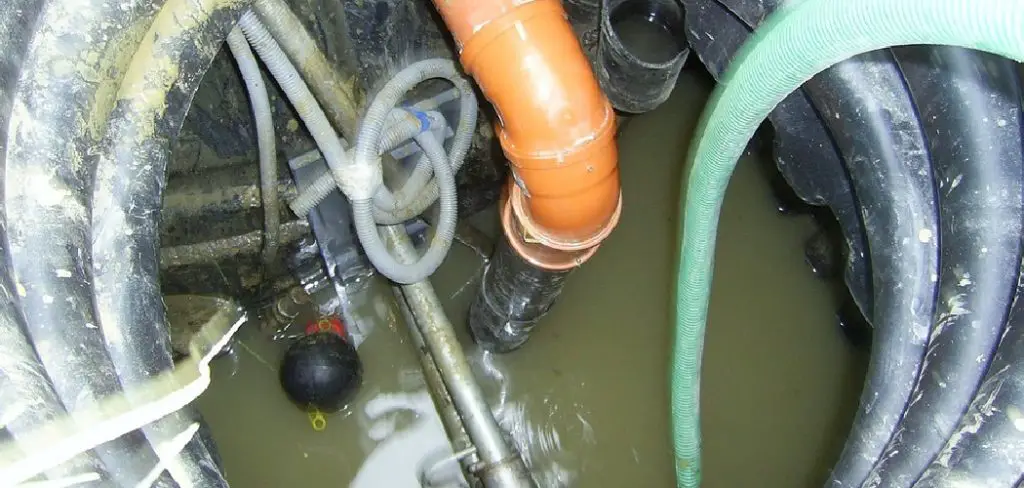
This guide will walk you through the steps on how to drain a tub with standing water, covering straightforward methods such as using a plunger, boiling water, and a drain claw, as well as more intricate troubleshooting tips. By following these guidelines, you can effectively clear the clog and ensure your bathtub is operational once again.
Assessment
The first step in resolving the problem is to assess the source of the standing water. Identification is key; you need to determine whether the issue stems from a clogged drain or a malfunctioning stopper. Begin by observing the drain and stopper for any visible obstructions or signs of wear and tear. For instance, hair, soap scum, or other debris could be clogging the drain, while a broken or improperly seated stopper might be preventing water from draining.
Once you’ve identified the root cause, you can proceed with targeted methods to address it. Documenting your findings and any initial attempts to resolve the issue can also be helpful, particularly if professional assistance becomes necessary later on. Understanding these preliminary steps is essential for effectively tackling the problem and restoring proper drainage functionality in your bathtub.
How to Drain a Tub with Standing Water: Simple Methods
Step 1: Plunger
A plunger is one of the simplest and most effective tools for unclogging a drain. It works by creating a suction that can dislodge the clog in the drainpipe.
Method: Place the plunger over the drain opening, ensuring that the rubber cup covers it completely. Next, pump the plunger vigorously, maintaining a tight seal around the drain. The pressure generated should help break up and push the obstruction through the drainpipe. Be persistent and repeat the process several times if necessary.
Step 2: Drain Claw
A drain claw is another handy tool for removing hair and debris from the drain. This flexible, barbed tool can reach deep into the pipe to latch onto and remove obstructions.
Method: Insert the drain claw slowly into the drain, pushing it as far down as it will go. Twist the claw to grab any clogs, then pull it out carefully to remove the debris. Repeat this process a few times until the water starts draining normally.
Step 3: Boiling Water
For clogs caused by grease or soap scum, boiling water can be an effective solution. The high temperature helps to dissolve these types of blockages, allowing the water to flow freely.
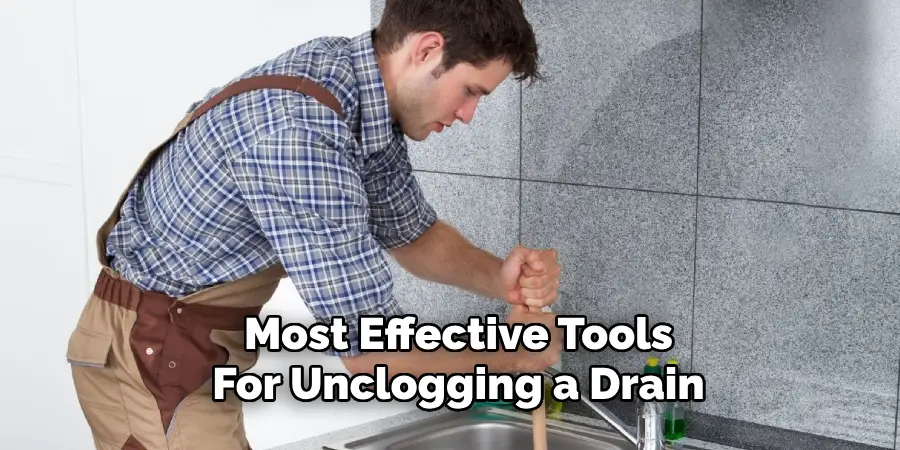
Method: Boil water in a kettle or pot and, with care, pour it into the drain in a slow, steady stream. This should help to break down the buildup and clear the drain. Be cautious to avoid splashing, as boiling water can cause burns.
Troubleshooting Tips
When simple methods do not suffice, you may need to employ more advanced troubleshooting tips to clear the clog and drain the tub effectively. Below are detailed steps and methods to tackle persistent obstructions that defy basic solutions:
Remove Stopper
If the stopper itself is causing the obstruction, removing it can allow water to flow freely through the drain.
Method: The type of stopper installed dictates how you remove it. Common types include lift-and-turn, push-and-pull, toe-touch, and trip lever. You usually need to unscrew the stopper counterclockwise by hand or with a screwdriver for lift-and-turn or push-and-pull stoppers. Toe-touch stoppers can typically be removed by unscrewing the cap and hauling it out. Trip lever stoppers require you to remove the overflow plate, allowing you to pull out the plunger from within the drain. Once removed, clean the stopper thoroughly before reassembling it.
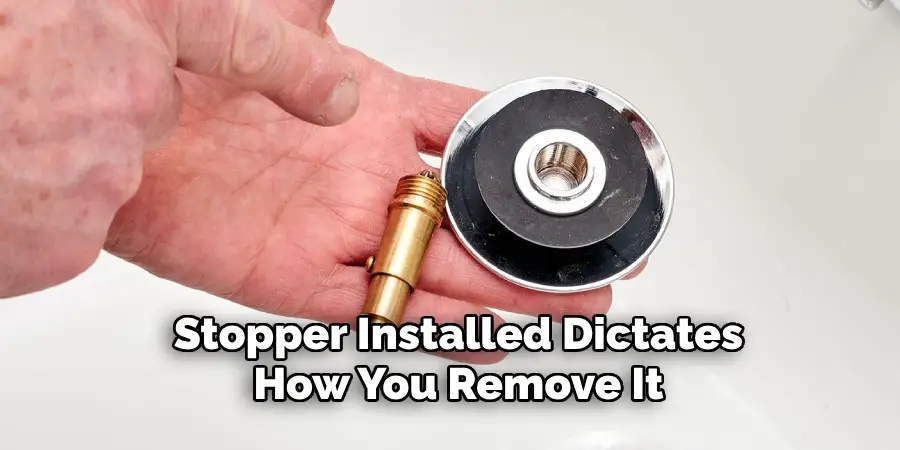
Clear Obstructions
Obstructions can be deeper within the drain, requiring manual removal. A flashlight and a bent wire hanger are useful tools in such situations.
Method: Straighten the wire hanger and create a small hook at one end. Shine a flashlight down the drain to locate any visible blockages. Then, insert the hooked end of the wire hanger into the drain, moving it around until you catch onto the obstruction. Carefully pull the hanger out along with the debris. Repeat this process until no more debris is visible, ensuring you have cleared as much of the obstruction as possible.
Chemical Drain Cleaner
A chemical drain cleaner may be a viable option for more stubborn clogs that cannot be easily reached or removed manually. These cleaners are designed to dissolve clogs within the pipe.
Method: Choose a commercial drain cleaner suitable for the type of clog suspected (e.g., hair, grease). Follow the manufacturer’s instructions carefully, as improper use can damage your plumbing or cause injury. Typically, you’ll pour the cleaner into the drain and let it sit for a specified time before flushing it with water. Always wear gloves and eye protection to safeguard against harmful chemicals. Ensure the area is well-ventilated to avoid inhaling fumes.
Auger or Snake
A plumbing auger or snake is a more advanced tool for physically dislodging clogs deep within the plumbing system.
Method: Insert the auger or snake into the drain, feeding it slowly down the pipe. Once you encounter resistance, rotate the handle clockwise to break up or latch onto the clog. Continue pushing the tool further into the pipe, periodically retrieving it to remove any debris that clings to the end. Repeat until the water begins to drain smoothly.
Professional Help
If all else fails and the clog persists despite your best efforts, it may be time to call a professional plumber.
Method: When contacting a plumber, be prepared to explain the steps you’ve already taken to resolve the issue. Professional plumbers have specialized tools and expertise to tackle even the most tenacious clogs safely and efficiently. While this option may come with a higher cost, it ensures that your plumbing system is thoroughly cleaned and functioning correctly.
By following these troubleshooting tips, you should be able to address the most persistent clogs and restore proper drainage to your bathtub. However, it’s important to approach each method cautiously to avoid damaging your plumbing system.
Safety Precautions
Ventilation
When working with chemical drain cleaners, it’s crucial to ensure proper ventilation in the area you are working in. These chemicals can release harmful fumes that can cause respiratory irritation or other health issues. Open windows and doors, and use fans if necessary to maintain good airflow and reduce fume concentration.
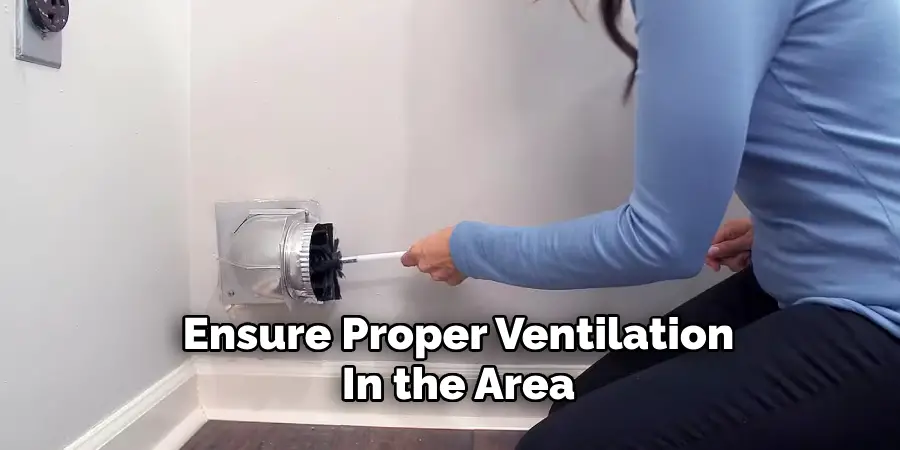
Protective Gear
Always wear appropriate protective gear when handling chemical drain cleaners or plumbing tools. Gloves and eye protection are essential to shield your skin and eyes from potential splashes of chemicals or debris. Chemical burns or irritation can occur without adequate protection, so it’s important to be cautious and prepared.
Caution
Handling boiling water requires careful attention to prevent burns or scalding. Always pour boiling water slowly and steadily into the drain, avoiding splashes that can cause serious injury. Utilize a steady hand and consider wearing long sleeves to protect your arms from accidental splashes.
Frequently Asked Questions (FAQs)
1. How Often Should I Clean My Bathtub Drain to Prevent Clogs?
It’s a good practice to clean your bathtub drain once a month. Regular maintenance helps prevent buildup of hair, soap scum, and other debris that can lead to stubborn clogs.
2. Can I Use Natural Solutions to Unclog My Bathtub Drain?
Yes, natural solutions like a mixture of baking soda and vinegar can be effective for minor clogs. Pour half a cup of baking soda down the drain, followed by half a cup of vinegar. Let the mixture fizz and sit for about 30 minutes, then flush with hot water.
3. Are Chemical Drain Cleaners Safe for My Plumbing?
Chemical drain cleaners can be effective, but they come with risks. Overuse or incorrect use can damage pipes, especially if they are older or made of certain materials. Always read and follow the manufacturer’s instructions and consider using them as a last resort.
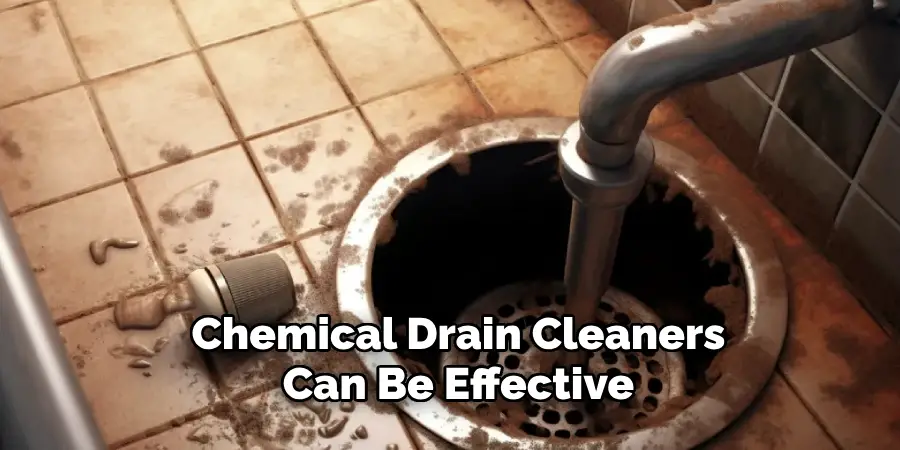
4. When Should I Call a Professional Plumber?
If you’ve tried multiple methods, including chemical drain cleaners, manual removal tools, and natural solutions, and the clog persists or the water drains very slowly, it’s time to call a professional plumber. Persistent issues might indicate a more severe problem within your plumbing system that requires expert attention.
Conclusion
Understanding how to drain a tub with standing water effectively involves a few essential steps. Start by assessing the situation to identify potential causes. Implement simple methods such as using boiling water to dissolve potential grease or soap scum blockages. If basic solutions fail, apply more advanced troubleshooting tips like removing the stopper, manually clearing obstructions, using chemical drain cleaners, or employing a plumbing auger or snake. Don’t forget to wear protective gear and ensure proper ventilation for safety.
Addressing standing water promptly is crucial to preventing water damage and maintaining proper drainage. Ignoring such issues can lead to more severe plumbing problems and potential health hazards.
For regular maintenance, clean your drains with baking soda and vinegar to prevent clogs. Avoid disposing of grease, hair, or large debris in the tub, and consider using a drain cover to catch hair and other particles. Consistent preventive measures can help you avoid future clogs and backups.

